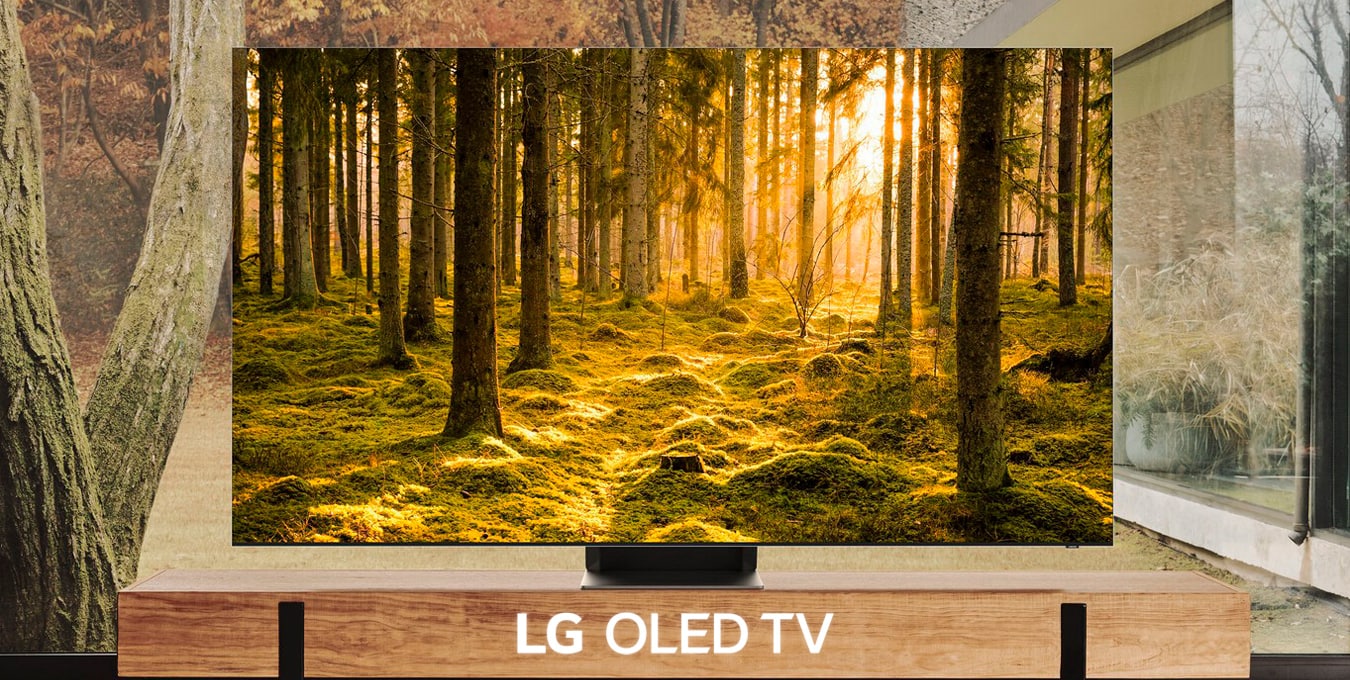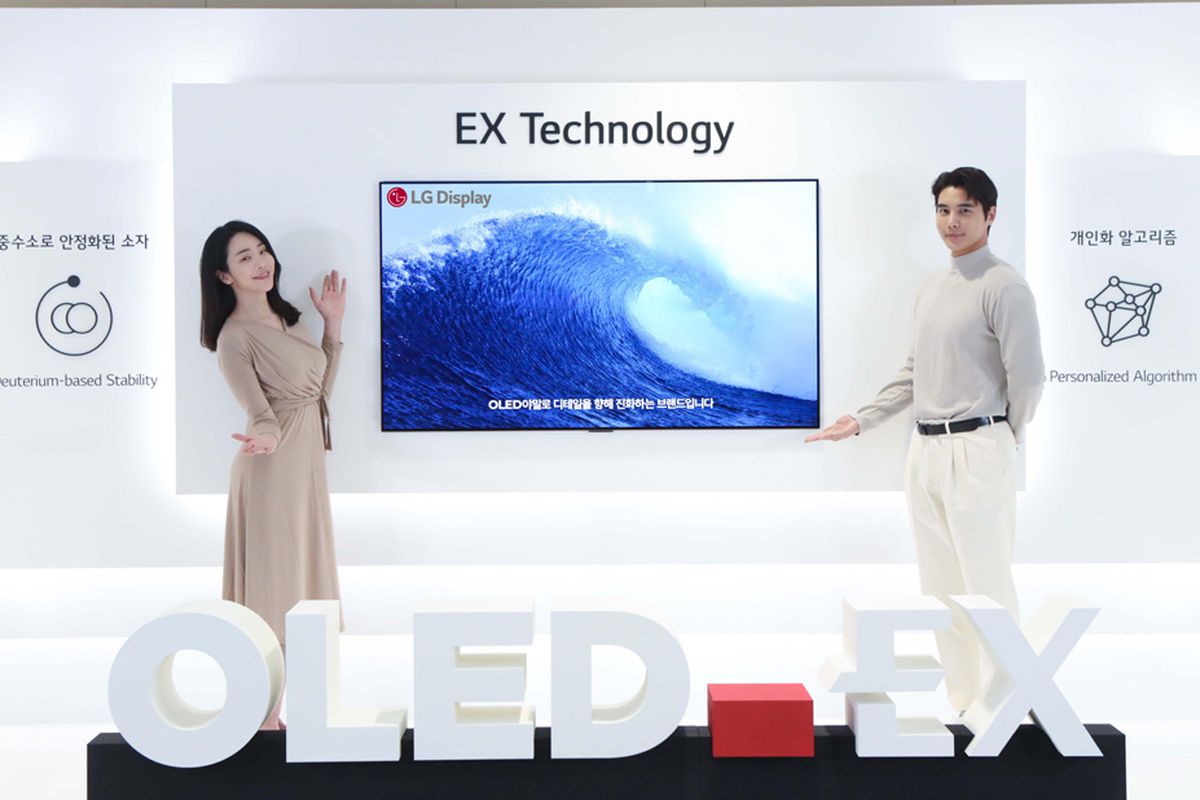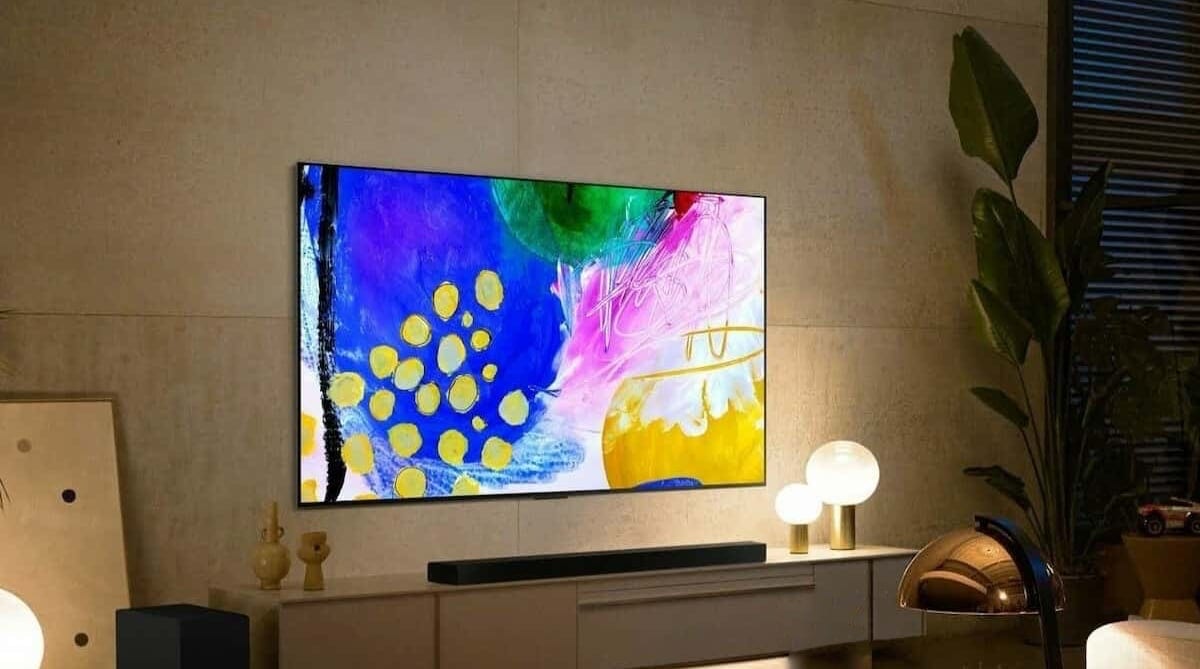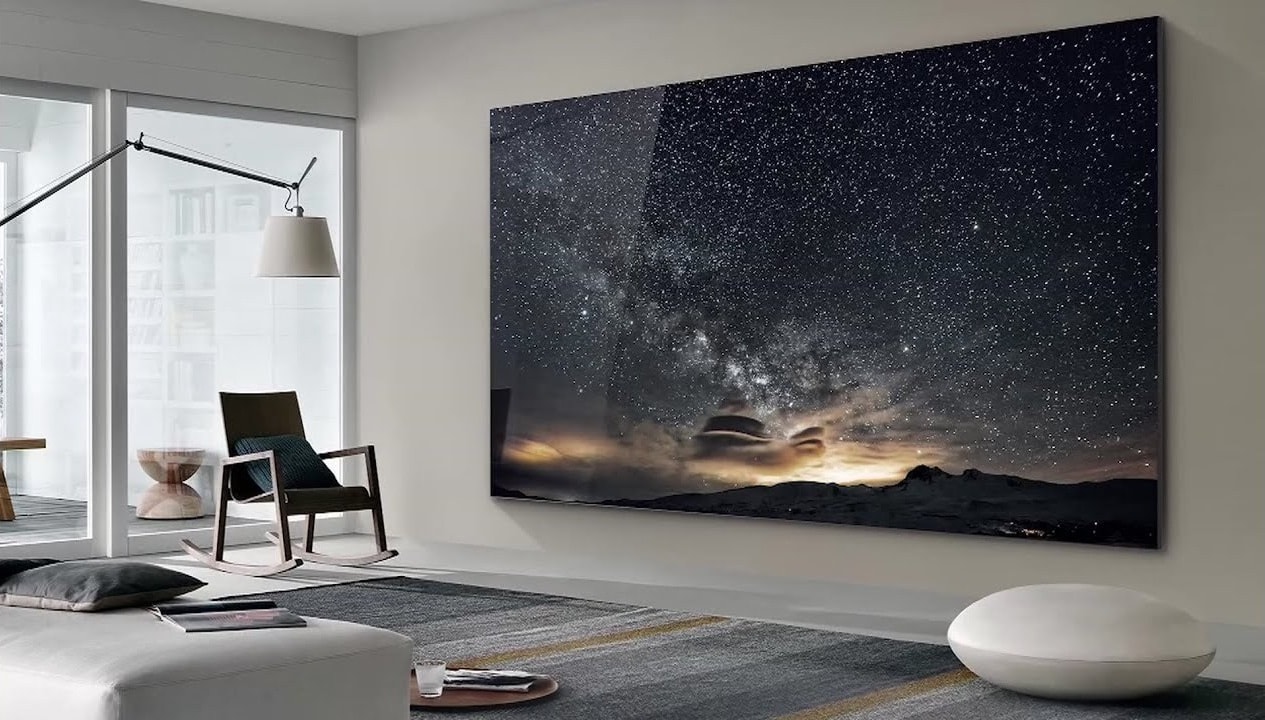
The Korean manufacturer has to get its act together if it wants to be able to stand up to its historic rival and QD-OLED technology. In the first comparisons between the LG OLED G2 and the Samsung S95B it has become clear that the leap in quality is remarkable, so LG has no choice but to improve its technology. And that’s just what he’s doing.
For it, LG Display is already studying how to apply microlenses in large format OLED panels, with the aim of improving luminance (brightness levels) while reducing energy consumption so that the cost is lower.
Or this is what emerges from the latest information published by the prestigious medium The Elecand in which it indicates that the company’s objective is to ensure that its OLED panels improve brightness levels by 20%.
You may also be interested in: LG explains how its OLED.EX panel will protect your TV from retention and burns
LG Display will improve the brightness of its OLED TVs by 20%
Through sources close to the Seoul-based company, it appears that LG wants to apply a microlens to a large organic light-emitting diode (OLED). The idea is that these microlenses are responsible for adjusting the light path so that when it is reflected inside the panel it is projected towards the user. With that, light extraction efficiency is improved to increase brightness levels.
company cIt would be able to offer 20% more brightness in its OLED solutions through this element. In addition, energy efficiency improves, achieving lower consumption. To say that this technology would be an evolution of OLED.EX, the improved EVO panels that will incorporate the LG OLED C2 (probably from 48 inches) and the LG OLED G2. Let us remember that this technology increased the brightness by 30% compared to a traditional panel, so the total improvement would be 50%.
The maximum luminance of LG Display’s existing large OLED was 800 nits. The maximum luminance of OLED.EX is estimated to be 1000 nits, which is 30% higher than this. By adding a microlens, the maximum luminance can be raised to 1200 nits.
When could the manufacturing process begin?
From what it seems, the first factories that would incorporate this technology first in their factories in Paju, Gyeonggi-do or Guangzhou, although this information is not clear. What does seem is that this new technology would continue to use deuterium instead of normal hydrogen to improve the useful life of blue pixels, which are the ones that suffer the most degradation.
Obviously, this new panel with microlenses from LG Display has the clear objective of standing up to the QD-OLED panels that Samsung Display has launched and whose results exceed those of the best LG OLED solutions.
It is still too early to know when we will see the first televisions with this technology. Let us remember that LG Display will begin large-scale production of its OLED.EX panels in June of this year, so we can expect the new technology to be officially presented with its range of Smart TVs by 2023.
In this way, we will have to wait for the next CES, the largest technology fair in the world, with permissions from the IFA, since it is the ideal setting to present this new generation of LG OLED Smart TVs with which to compete with solutions QD-OLED from Samsung, Sony and other manufacturers that next year will make the leap to this type of panel with total security.
You may also be interested in: Samsung S95B vs Sony A95K: what are the differences between these two QD-OLED Smart TVs





